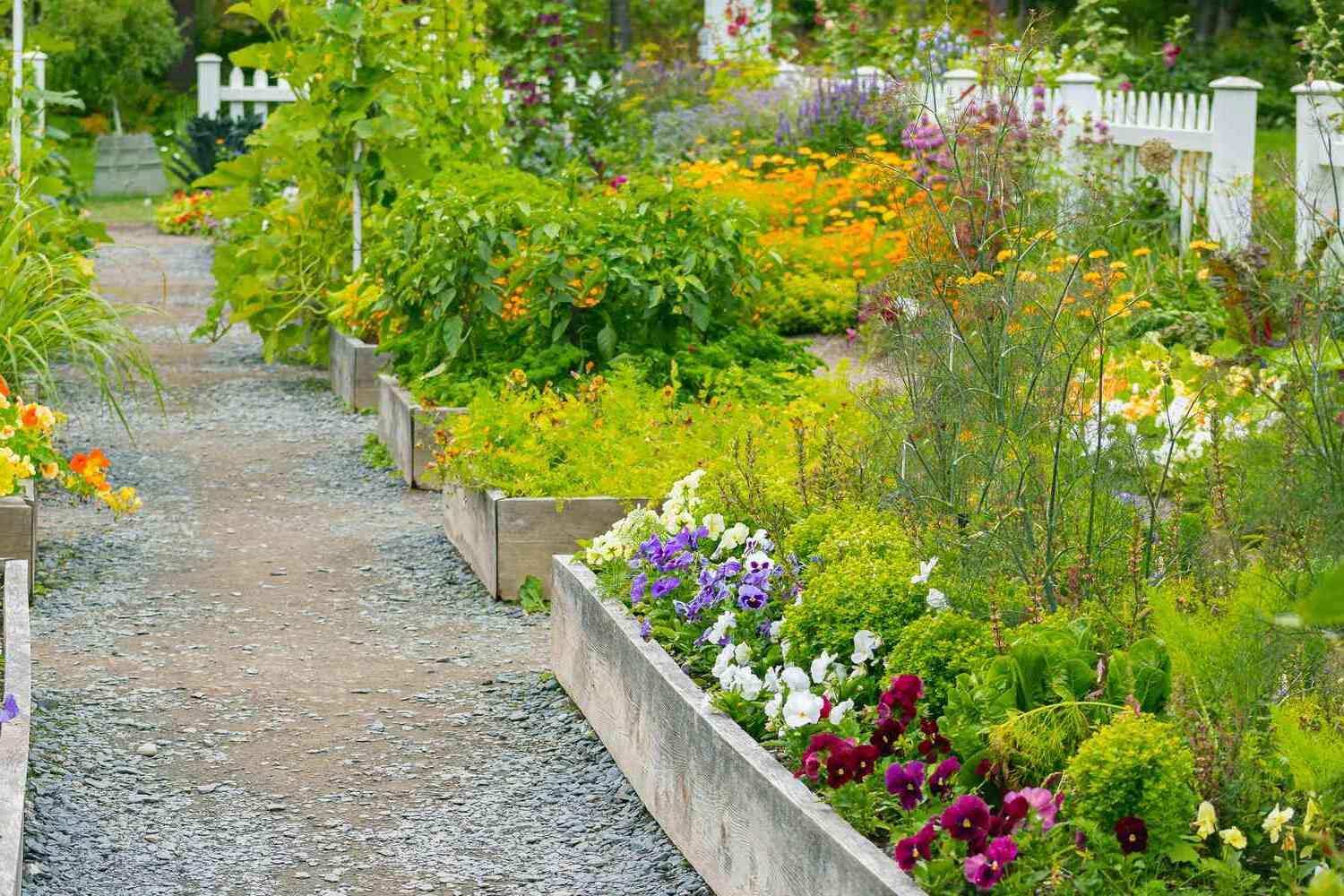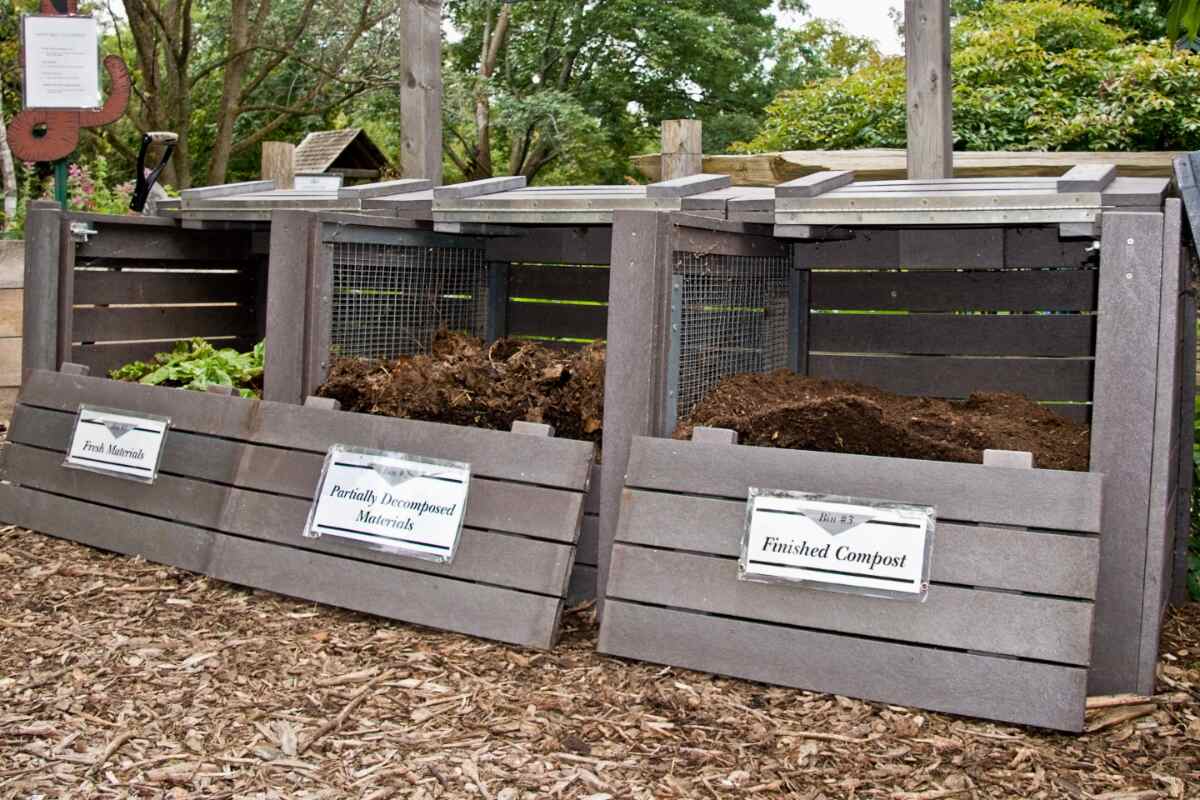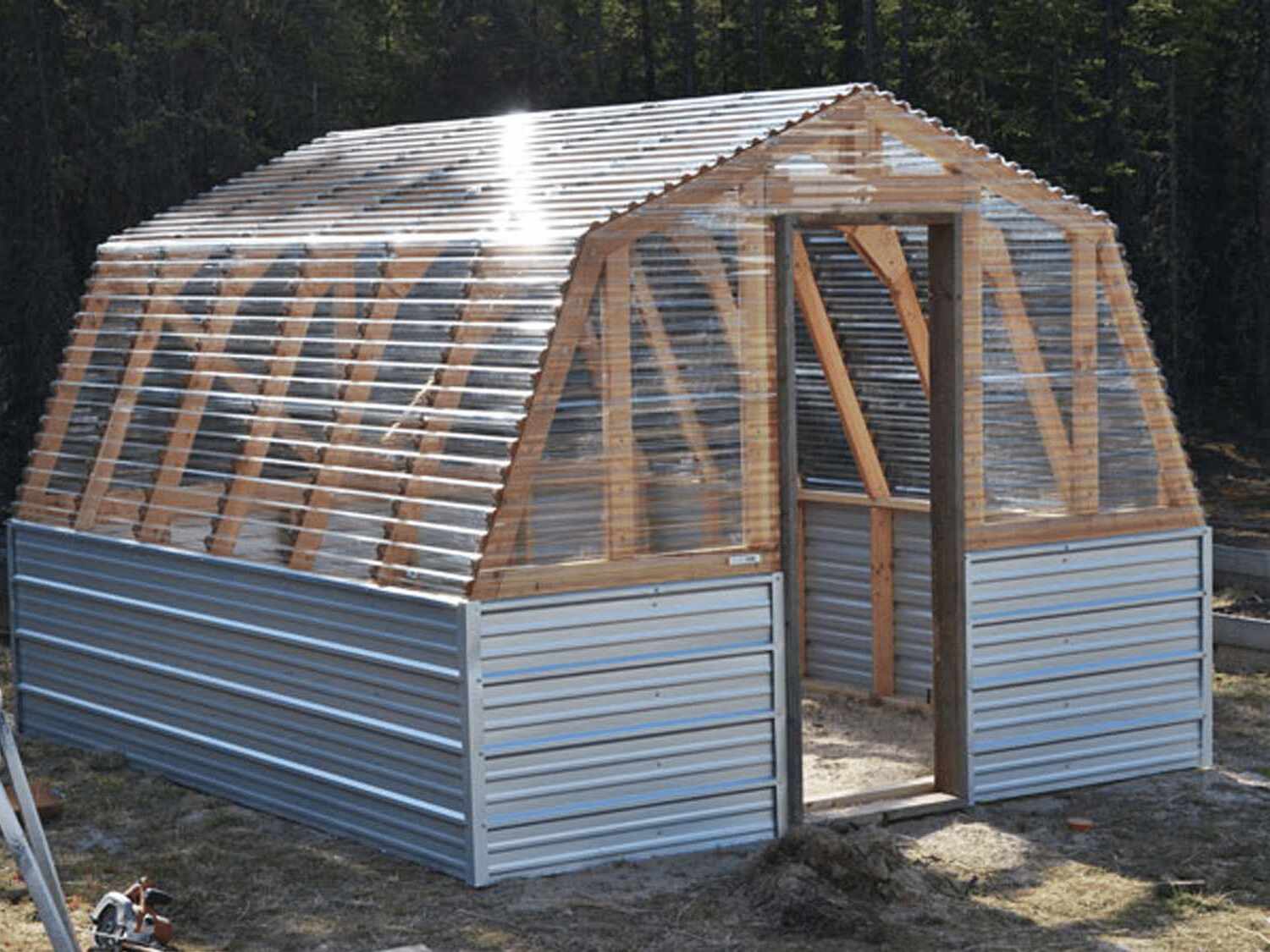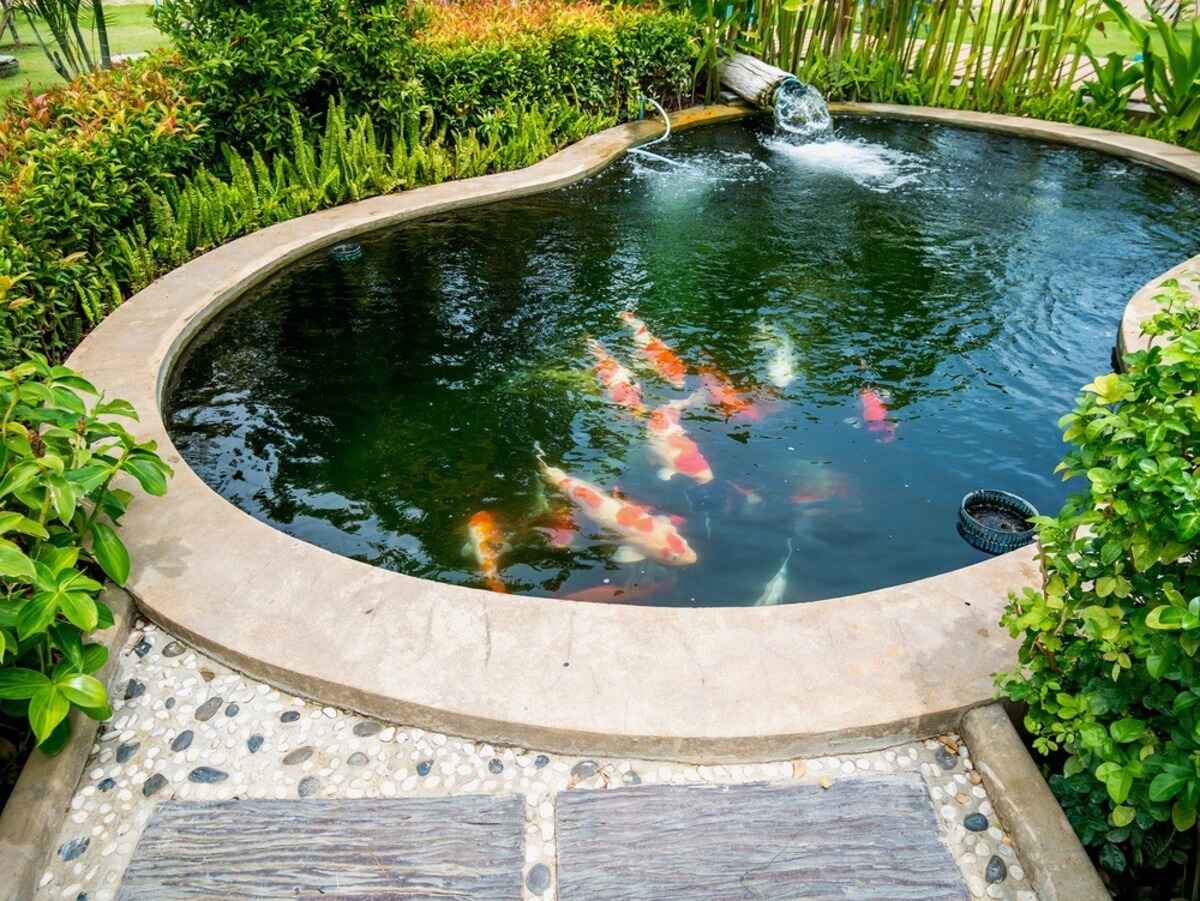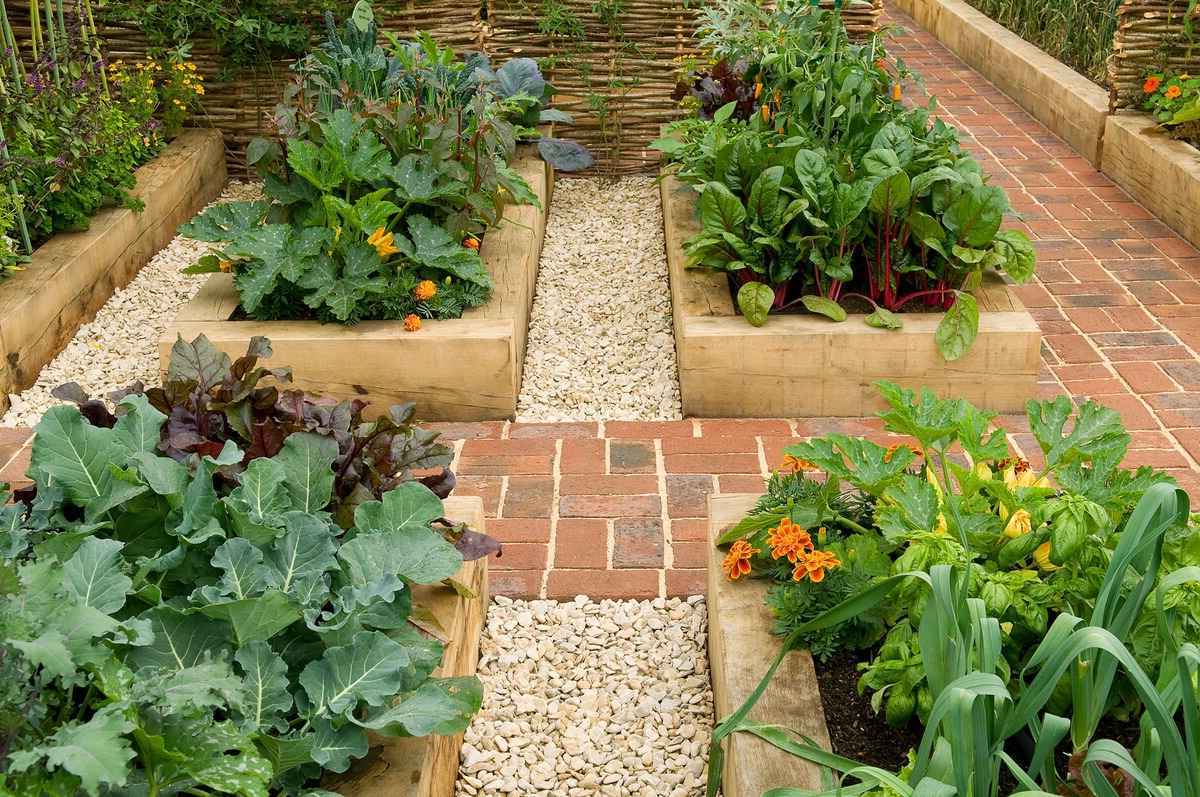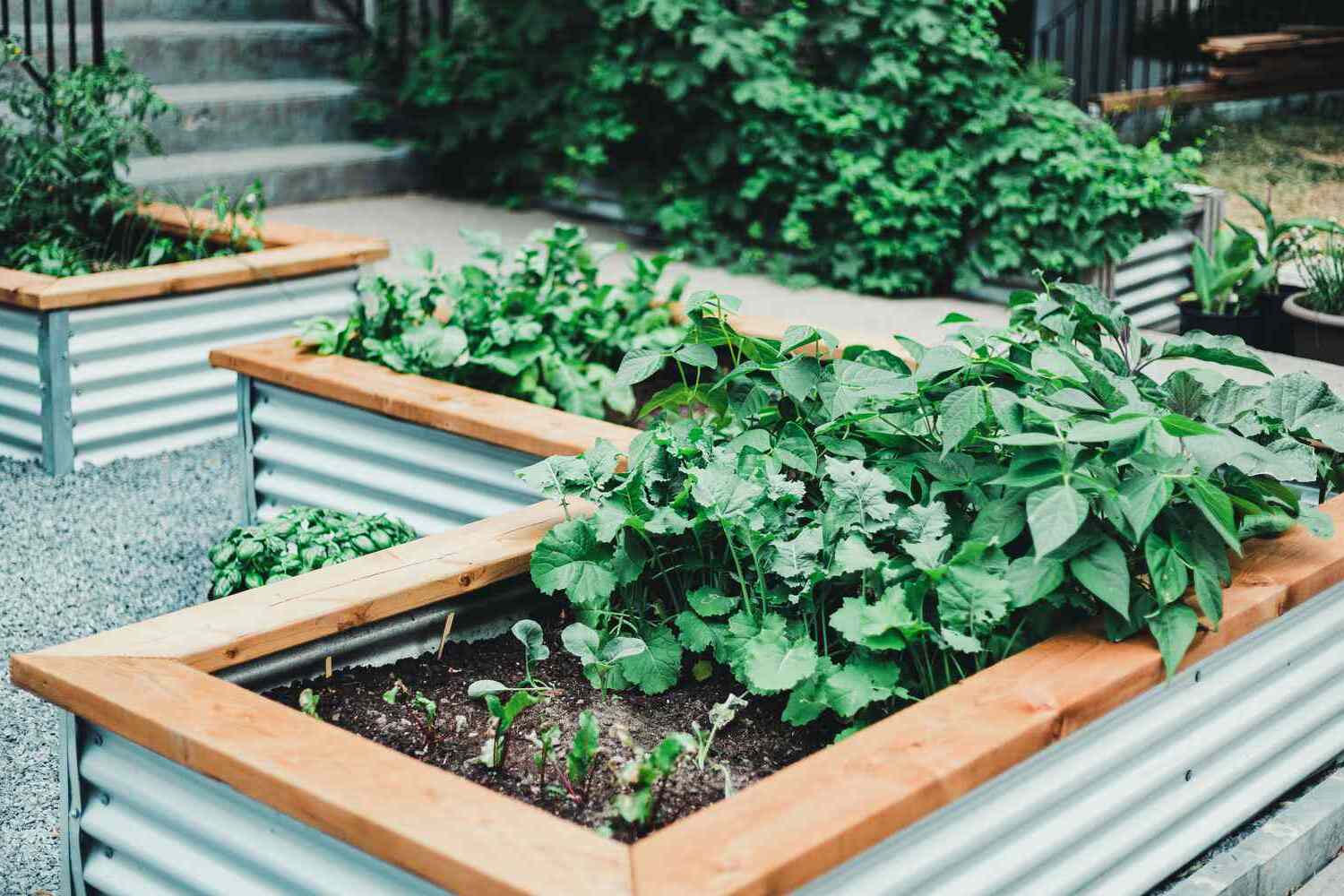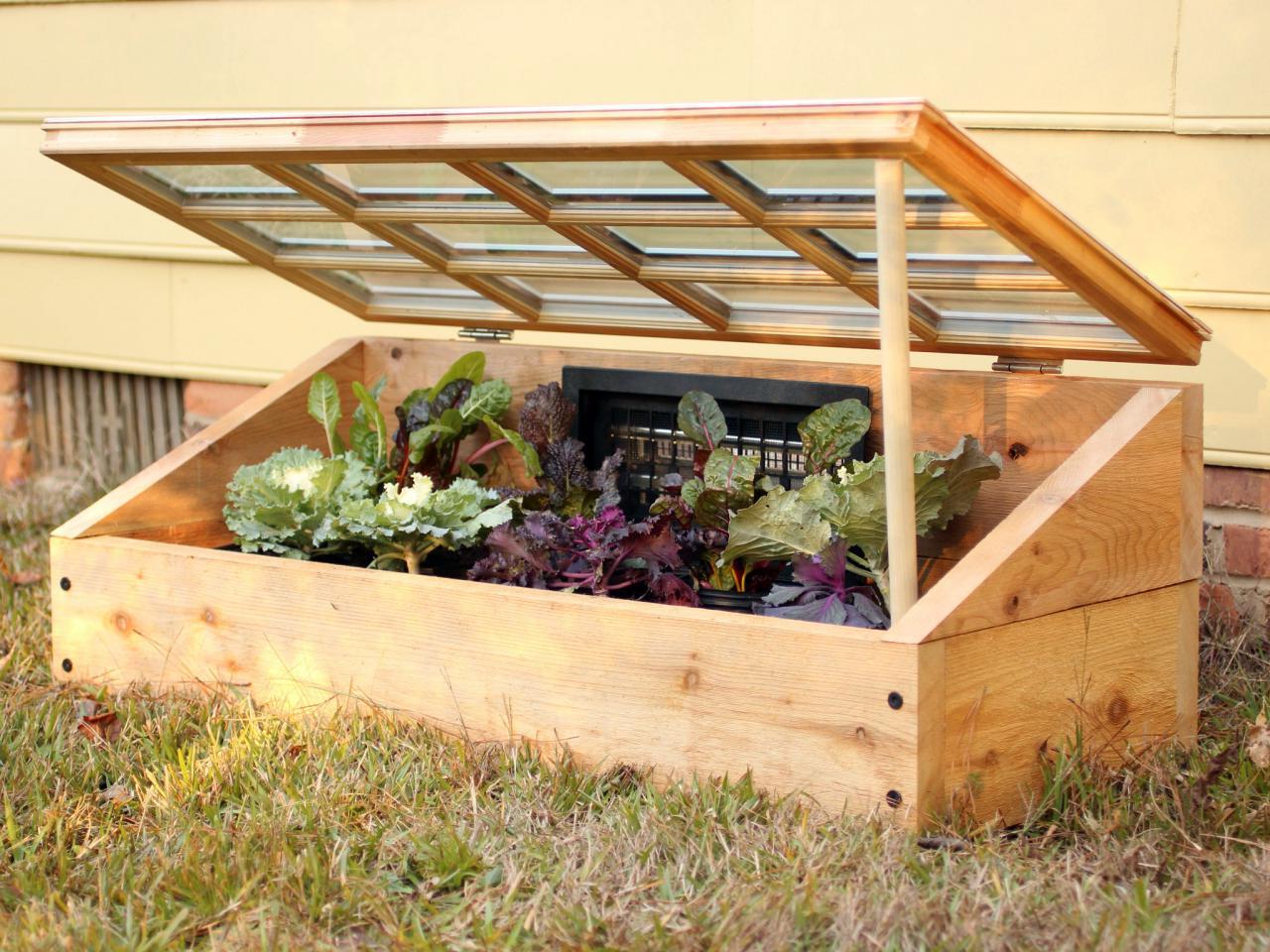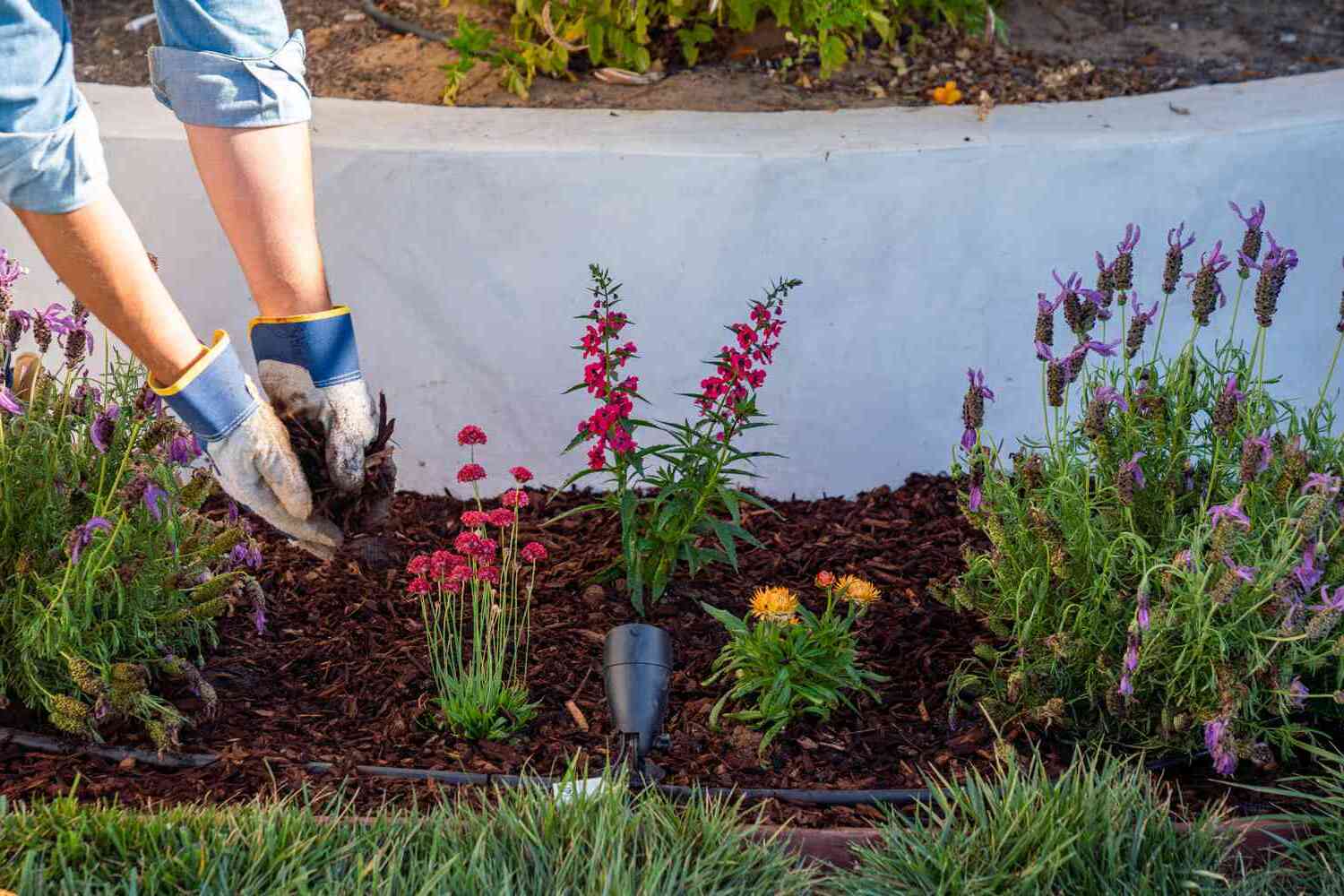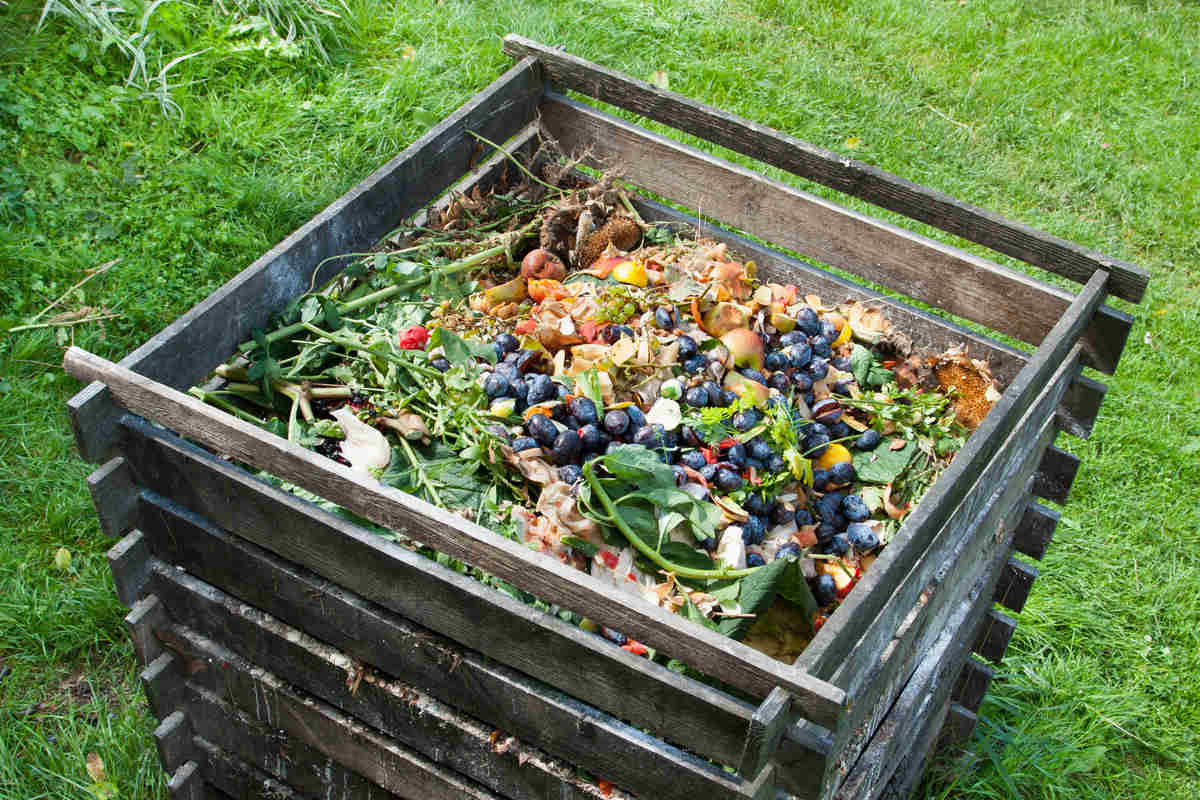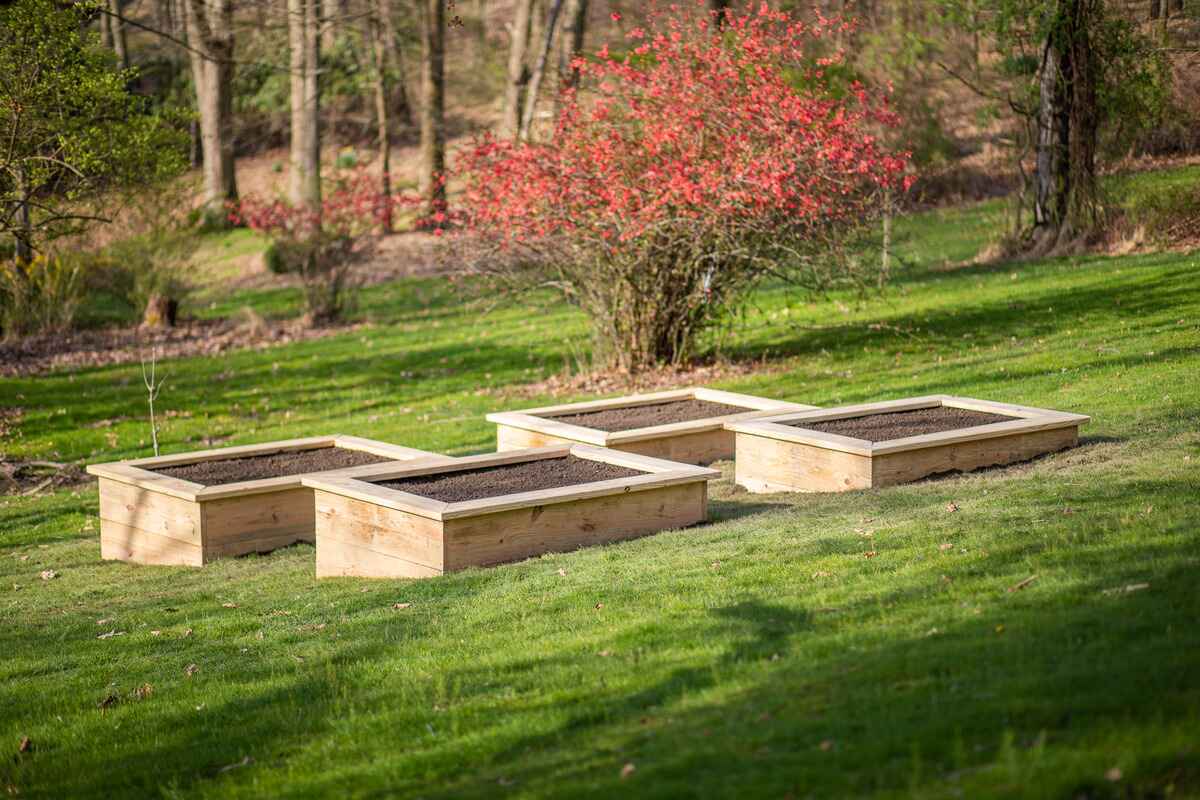Home>Create & Decorate>DIY & Crafts>Terrarium DIY: How To Create Your Own Miniature Garden
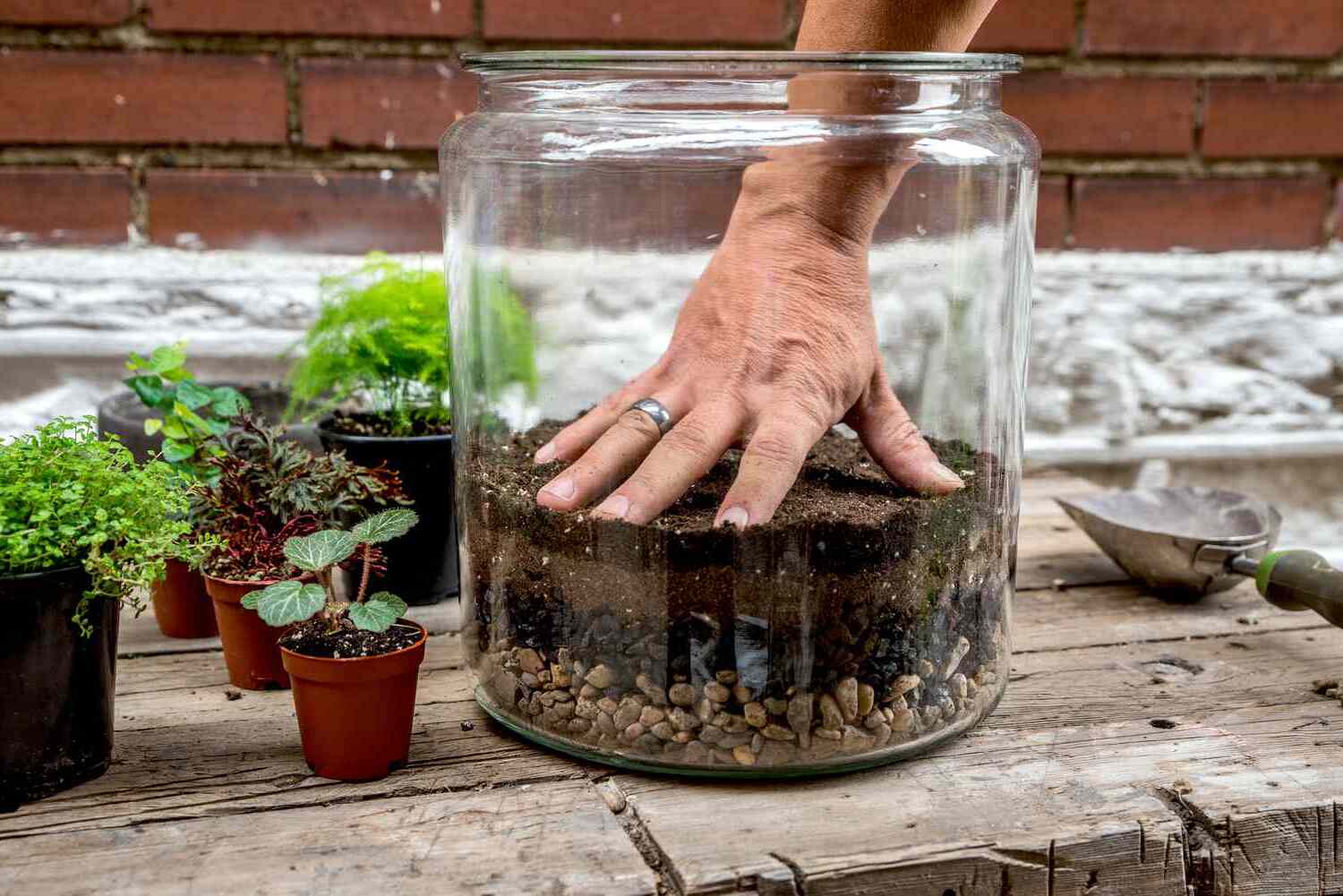

DIY & Crafts
Terrarium DIY: How To Create Your Own Miniature Garden
Published: May 4, 2024

Content Creator specializing in woodworking and interior transformations. Caegan's guides motivate readers to undertake their own projects, while his custom furniture adds a personal touch.
Learn how to make your own miniature garden with our Terrarium DIY guide. Get creative with DIY & Crafts and bring nature indoors. Start your project today!
(Many of the links in this article redirect to a specific reviewed product. Your purchase of these products through affiliate links helps to generate commission for Twigandthistle.com, at no extra cost. Learn more)
Introduction
Are you looking for a creative way to bring a touch of nature into your home? Creating your own miniature garden in the form of a terrarium might just be the perfect solution. Terrariums are not only visually appealing, but they also require minimal maintenance, making them an ideal addition to any living space. In this article, we will guide you through the process of building your own terrarium, from selecting the right container to choosing the perfect plants and maintaining your miniature garden. Whether you're a seasoned gardener or a complete novice, creating a terrarium can be a rewarding and enjoyable DIY project. So, let's roll up our sleeves and get started on this exciting journey into the world of terrariums!
Read more: How To Make A Terrarium
Choosing the Right Container
When it comes to creating a terrarium, the first step is to select the perfect container. The container you choose will not only serve as the home for your miniature garden but also as a decorative piece in your living space. Here are some key factors to consider when choosing the right container for your terrarium:
-
Size: The size of the container is crucial. It should be large enough to accommodate the plants and allow for some growth, but not so large that it overwhelms the space. A good rule of thumb is to select a container that is at least 2-3 times the height of the plants you plan to include.
-
Material: Terrarium containers come in various materials, including glass, plastic, and even open or closed containers. Glass containers are popular as they provide a clear view of the plants and create a visually appealing display. Plastic containers, on the other hand, are lightweight and less prone to breakage, making them a practical choice, especially for beginners.
-
Shape: The shape of the container can add visual interest to your terrarium. Traditional terrariums are often spherical or cylindrical, but you can also find containers in unique shapes such as teardrops or geometric designs. Consider the overall aesthetic you want to achieve when selecting the shape of your container.
-
Accessibility: Consider how easy it will be to access the plants for watering and maintenance. Some containers have narrow openings, which can make it challenging to tend to the plants inside. Opt for a container with a wide enough opening to allow for easy access without disturbing the arrangement of the plants.
-
Drainage: While not all terrariums require drainage, it's essential to consider whether your container has adequate drainage holes if you plan to include plants that are sensitive to excess moisture. If your container does not have drainage, you can create a layer of gravel at the bottom to help with water management.
By carefully considering these factors, you can select a container that not only complements your living space but also provides the ideal environment for your miniature garden to thrive. Once you've chosen the perfect container, it's time to move on to the next step in creating your terrarium masterpiece.
Selecting the Perfect Plants
When it comes to selecting plants for your terrarium, there are a few essential factors to keep in mind. The key is to choose plants that not only complement each other visually but also have similar care requirements. Here are some tips for selecting the perfect plants for your miniature garden:
-
Size: Since terrariums are typically small, it's important to choose plants that will not outgrow the container. Look for compact or slow-growing plants that will maintain a suitable size for the space available.
-
Light Requirements: Consider the lighting conditions in the area where your terrarium will be placed. If it's a well-lit room, you can opt for plants that thrive in bright, indirect light. For spaces with lower light levels, choose plants that are suited to low-light conditions.
-
Moisture Needs: Different plants have varying moisture requirements. When selecting plants for your terrarium, ensure that they have similar watering needs to maintain a harmonious environment within the container.
-
Variety: Incorporating a variety of plants with different textures, colors, and growth habits can add visual interest to your terrarium. Consider including a mix of foliage plants, such as ferns or ivy, along with some flowering plants to create a dynamic and captivating display.
Some popular plant choices for terrariums include:
-
Ferns: These lush, green plants thrive in the humid environment of a terrarium and add a touch of elegance with their delicate fronds.
-
Fittonia: Also known as nerve plants, these colorful foliage plants come in a variety of vibrant patterns and are well-suited to the high humidity levels of a terrarium.
-
Pothos: With their trailing vines and easy-care nature, pothos plants are an excellent choice for adding a cascading element to your terrarium.
-
Air Plants: These unique plants don't require soil and can be creatively displayed within the terrarium, adding an intriguing and unconventional touch to the miniature garden.
By carefully considering these factors and plant options, you can create a well-balanced and visually appealing plant selection for your terrarium. Once you've chosen the perfect plants, you're ready to move on to the next step in the terrarium-building process.
Creating the Ideal Environment
Once you have chosen the right container and selected the perfect plants, it's time to create the ideal environment for your terrarium to thrive. The environment within the terrarium plays a crucial role in the overall health and growth of the plants. Here are the key elements to consider when setting up the ideal environment for your miniature garden:
Substrate
The substrate, or growing medium, is an essential component of the terrarium environment. It provides support for the plant roots and helps maintain adequate moisture levels. A common substrate for terrariums is a mix of potting soil and sand, which provides good drainage while retaining some moisture for the plants.
Moisture
Maintaining the right level of moisture within the terrarium is vital for the health of the plants. After planting your chosen greenery, give the terrarium a good misting to provide initial moisture. Be mindful not to overwater, as excessive moisture can lead to root rot. Monitor the moisture levels regularly and water only when the soil feels dry to the touch.
Light
Proper lighting is crucial for the photosynthesis process, which is essential for plant growth. Place your terrarium in a location that receives indirect sunlight, such as near a window with sheer curtains. Avoid placing the terrarium in direct sunlight, as this can lead to excessive heat buildup within the container.
Temperature
Maintaining an appropriate temperature within the terrarium is important for the well-being of the plants. Most tropical plants, commonly used in terrariums, thrive in temperatures ranging from 65°F to 75°F (18°C to 24°C). Avoid placing the terrarium in areas with extreme temperature fluctuations, such as near heating or cooling vents.
Air Circulation
While terrariums create a closed environment, some air circulation is still necessary to prevent the buildup of excess humidity, which can lead to fungal issues. Periodically open the lid of the terrarium to allow for fresh air exchange, especially if you notice excessive condensation on the walls of the container.
By carefully considering these environmental factors and making the necessary adjustments, you can create an ideal habitat for your terrarium plants to flourish. Once you've set up the perfect environment, your miniature garden will be well on its way to becoming a stunning and thriving display of natural beauty.
Read more: Miniature DIY Door for Your Dining Room
Maintaining Your Terrarium
Maintaining your terrarium is essential to ensure that your miniature garden remains healthy and visually appealing. Regular upkeep and monitoring of the terrarium's environment and plant growth will contribute to the long-term success of your green oasis. Here are some key maintenance tasks to keep your terrarium in top condition:
Watering
Monitor the moisture levels within the terrarium and water the plants as needed. It's crucial to strike a balance, as overwatering can lead to root rot, while underwatering can cause the plants to wither. Use a spray bottle or a small watering can with a narrow spout to deliver water directly to the soil, avoiding excessive moisture on the leaves.
Pruning and Trimming
As your plants grow, they may require occasional pruning and trimming to maintain their shape and prevent overcrowding within the terrarium. Use clean, sharp scissors or pruning shears to trim away any yellowing or dead foliage, as well as to control the growth of the plants to ensure they remain in proportion to the container.
Cleaning
Regularly clean the inside of the terrarium to remove any dust, water spots, or algae that may accumulate on the glass. Use a soft cloth or a paper towel dampened with a mild solution of water and vinegar to gently wipe the interior surfaces. Avoid using harsh chemical cleaners, as they can be harmful to the plants.
Monitoring for Pests and Diseases
Keep an eye out for any signs of pests or diseases that may affect your terrarium plants. Common pests such as aphids, mealybugs, or spider mites can be gently removed with a cotton swab dipped in rubbing alcohol. If you notice any signs of disease, such as mold or mildew, take prompt action to address the issue and prevent it from spreading.
Rotating the Terrarium
To ensure balanced growth and even exposure to light, periodically rotate the terrarium. This will prevent the plants from leaning or reaching excessively towards the light source, promoting uniform growth and a well-balanced appearance.
By staying proactive with these maintenance tasks, you can ensure that your terrarium remains a vibrant and captivating addition to your home decor. With proper care and attention, your miniature garden will continue to thrive, bringing a touch of nature and beauty into your living space.
Troubleshooting Common Issues
Even with the best care, terrariums can sometimes encounter common issues that require attention. Being proactive in identifying and addressing these issues can help maintain the health and beauty of your miniature garden. Here are some common problems that may arise and how to troubleshoot them:
Yellowing or Wilting Foliage
If you notice yellowing or wilting foliage in your terrarium, it could be a sign of overwatering. Check the moisture levels in the soil and allow it to dry out if it feels excessively damp. Adjust your watering schedule to prevent waterlogged conditions, and consider increasing air circulation within the terrarium to aid in drying out the soil.
Read more: How To Build A Steam Room
Excessive Condensation
While some condensation is normal in a terrarium, excessive moisture on the walls of the container can indicate a lack of air circulation. Open the lid of the terrarium periodically to allow for fresh air exchange and reduce humidity levels. Additionally, ensure that the terrarium is not placed in an area with high humidity or limited airflow.
Mold or Mildew Growth
The presence of mold or mildew in a terrarium can be a result of excessive moisture and poor air circulation. Remove any affected plant material and gently aerate the soil to promote drying. Increase air circulation within the terrarium and consider adjusting the watering frequency to prevent the recurrence of mold or mildew.
Pest Infestations
Common pests such as aphids, mealybugs, or spider mites can occasionally affect terrarium plants. If you notice signs of pest infestations, such as webbing or tiny insects, isolate the affected plant and gently remove the pests using a cotton swab dipped in rubbing alcohol. Regularly inspect your terrarium for any signs of pests and take prompt action to prevent their spread.
Plant Overgrowth
As your plants grow, they may outgrow the space within the terrarium, leading to overcrowding and an unbalanced appearance. Consider pruning and trimming the plants to maintain their shape and size, and remove any excessive growth that detracts from the overall aesthetic of the miniature garden.
By addressing these common issues promptly and taking proactive measures to prevent their recurrence, you can ensure that your terrarium remains a healthy and visually appealing addition to your home. With a little troubleshooting and care, your miniature garden will continue to thrive, bringing a touch of natural beauty into your living space.
Read more: How To Build A Putting Green In Backyard
Conclusion
In conclusion, creating your own terrarium is a delightful and rewarding DIY project that allows you to bring a piece of nature into your living space. By carefully selecting the right container, choosing the perfect plants, and creating an ideal environment, you can craft a stunning miniature garden that requires minimal maintenance. With regular upkeep and proactive troubleshooting of common issues, your terrarium will continue to thrive, adding a touch of natural beauty to your home decor. Whether you're a seasoned gardener or a beginner, the process of building and maintaining a terrarium is a fulfilling journey that culminates in a captivating display of greenery and creativity. So, roll up your sleeves, unleash your creativity, and embark on the exciting adventure of crafting your very own miniature garden in the form of a beautiful terrarium.

